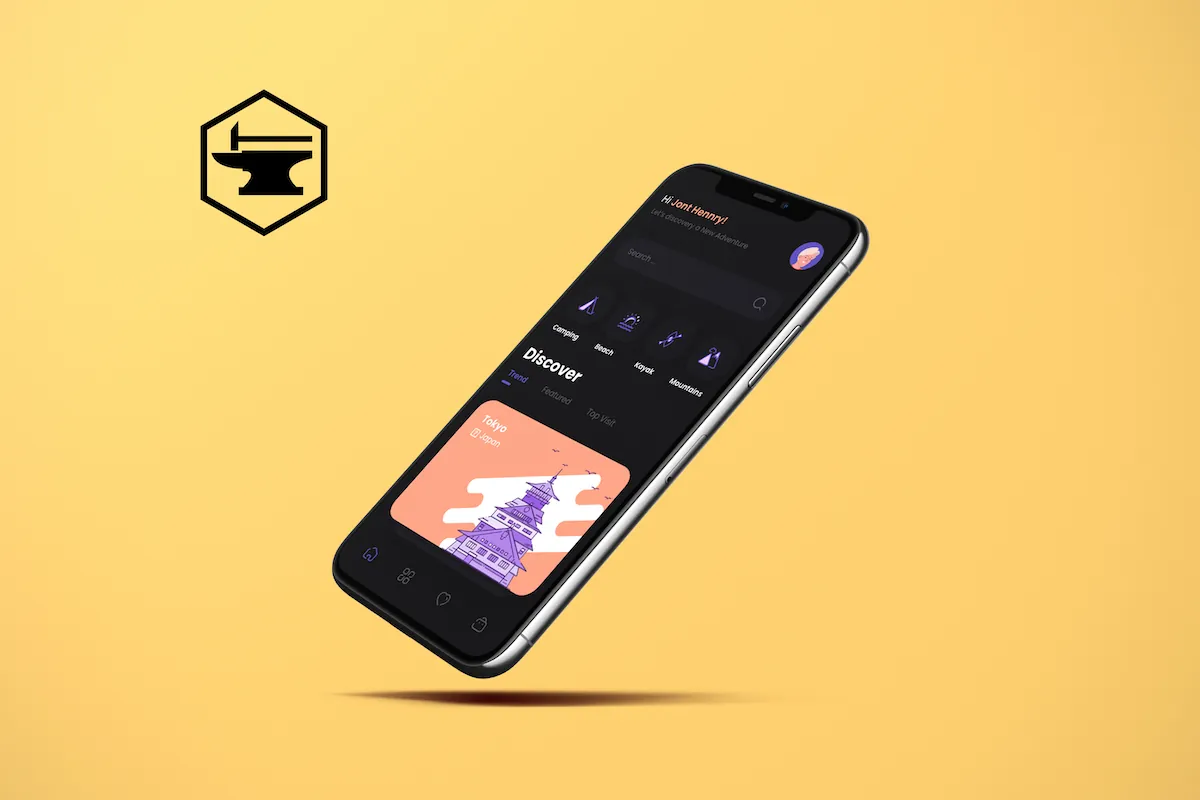User experience, or UX, must transcend its current status as a buzzword. If an application doesn’t offer a satisfactory experience, then for all intents and purposes, it doesn’t work. At least, it doesn’t work well enough to keep dissatisfied users from finding alternatives and sometimes, publicly expressing frustration.
Depending upon the type of application, poor user experiences can translate into lost revenues, lower productivity, and poor brand reputations. Still, designers do not have to struggle to understand the basic principals of meeting or even exceeding the expectations of users.
To start improving UX design, consider these three basic pillars of most of today’s most pleasing UI designs.
1. You’re Not an End User
You’re not your end users, but you should get to know them. An Adobe-sponsored post on Smashing Magazine pointed out that typical methods used to understand how users currently perform various tasks offer valuable information. Still, they won’t always lead to a deep understanding of some factors that might prove motivating or discouraging.
As an example, traditional research might consist of interviews or observations to gather quantitative information about the way users perform tasks. These generally focus on:
- Basic user identities and demographics
- When, where, and how users perform tasks and what they hope to achieve
- Likes and dislikes that surround the activity
Teams can use this information to build basic user personas that might get names like Office Manager Max or Band Mom Mona. They’re fictional characters that help designers identify and visualize their users as they work to develop applications to accomplish various goals.
Developing these fictional user personas offers value but mostly gathers quantitative data about logical actions and thought patterns. This might work well enough if only people always made logical choices. As discussed in Psychology Today, emotions contribute greatly to decision making and maybe even provide a beneficial shortcut when logic commonly fails to offer a perfect solution.
Therefore, consider adding some interview questions or observations that address the users’ values and how they feel about performing the task, what motivates them to reach their goal, and even what sorts of obstacles might dissuade them. Use this additional information to create a user profile that introduces users as fully fleshed human beings and not one-dimensional cartoons.
2. Less is More
Note the difference between websites that appear outdated and those that look modern. Generally, websites that get “the 1990s called for their website back” jokes contain lots of clutter, varied fonts, and too many graphics.
UX designers learned to only include the most critical elements in order to develop interfaces that helped avoid confusion, performed better, and looked more professional and trustworthy.
This minimalist approach to website design applies to apps too. When everything on the screen helps achieve its purpose, benefits include:
- An emphasis on the most critical parts of the design
- A simplified and more intuitive user experience
3. Reuse What Works
Unless you have some overwhelming reason to build from scratch, use prebuilt libraries as much as possible. They’re already tested for functionality and will probably offer the sort of familiar look and feel that can help make an immediate, positive connection with users. Besides offering a better chance to please users, using these toolkits and libraries saves time.
Since your custom designs won’t offer those benefits, there’s no reason to think they’ll offer a more satisfactory experience or productive project. Some examples include:
- Material: This Google project created a design system for use in apps and internet design. To get an idea of the style, look at just about any Google website.
- Ant Design: Created by Ant, an Alibaba affiliate, this framework tool offers REACT components for professional designs. Some examples of sites that use Ant include Alibaba, Baidu, and Binance.
- Bootstrap: This open-source toolkit helps with rapid development in CSS, HTML, and JS. Twitter and Spotify include it in their stacks.
The best choice from these or other choices may depend upon the rest of the stack and other requirements. Even though these sources of reusable components offer flexible design choices, they each tend to produce their own distinctive styles.
If the project could allow for multiple choices, survey users to learn which style they prefer. Even better, try to probe a little deeper to find their emotional reactions to such commonly visited sites as Gmail vs. Twitter vs. Alibaba. This can help uncover what they like about each style and which parts they find frustrating or unappealing.
Do You Have More UX Design Questions?
Here at Temper and Forge, we’re eager to show you our solutions to your most pressing design questions.

